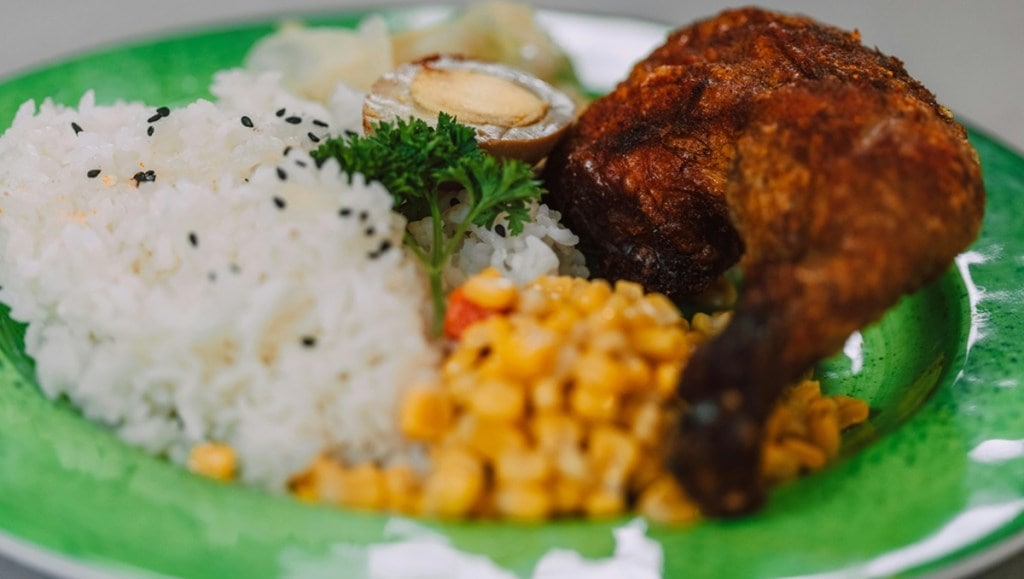The average cost of home-made chicken thali, unlike the perception, continued to cost less than the vegetarian thali in the month of March. If you prefer chicken over daal, you have paid less in the previous month due to an uptick in prices of pulses, rice, onion, potato and tomato, said Crisil’s monthly indicator of food plate cost – The Roti Rice Rate.
The average cost of preparing a thali at home is calculated based on input prices prevailing in north, south, east and west India. The monthly change reflects the impact on the common man’s expenditure. The data also revealed the ingredients (cereals, pulses, broilers, vegetables, spices, edible oil and cooking gas) driving the change in the cost of the thali.
As per CRISIL MI&A Research estimates, the cost of home-cooked non-veg thali declined 7 per cent in March, while that of veg thali became dearer by 7 per cent during the same month. The cost of non-veg thali went down due to lower poultry prices, but veg thali that comprises roti, vegetables (onions, tomatoes, and potatoes), rice, daal, curd and salad went up due to an uptick in prices of pulses, rice, onion, potato and tomato in March.
While the prices of onion and tomato decreased by 26 per cent and 16 per cent in January on, month-on-month basis, the prices firmed up again during the recent weeks. According to Crisil, the prices of onion, tomato and potato surged by 40 per cent, 36 per cent and 22 per cent on-year respectively, due to lower arrivals of onion and potato and low base of last fiscal for tomatoes.
Further adding to the cost of veg thali were prices of rice and pulses which account for 13 per cent and 9 per cent of the veg thali cost. Amid lower arrivals, prices of rice increased by 14 per cent and that of pulses went up by 22 per cent on-year, said Crisil.
Now, the cost of non-veg thali went down due to approximately 16 per cent on-year fall in broiler prices on a high base of last fiscal. Broiler poultry accounts for 50 per cent of the non-vegetarian thali cost.
Furthermore, on a month-on-month basis, the cost of the veg thali declined by 1 per cent and non-veg thali cost went up by 2 per cent. The easing in the cost of the veg thali was due to a decline of 2 per cent on-month in prices of tomato which account for 9 per cent of the veg thali cost, while the prices of onion and rice remained flat. In contrast, potato prices rose 6 per cent on-month due to crop damage, preventing further decline in thali cost.
The cost of non-veg thali rose in the month of March due to an estimated 5 per cent increase in broiler prices, which account for approximately 50 per cent of the cost of the thali. This was due to higher demand amid Ramadan coupled with rising feed cost.
During the previous month, that is February, the cost of the representative home-cooked veg thali rose by 7 per cent on-year due to a surge in prices of rice, pulses, onion and tomato. The non-veg thali, on the other hand, had gotten cheaper by 9 per cent YoY due to decline in broiler prices.

